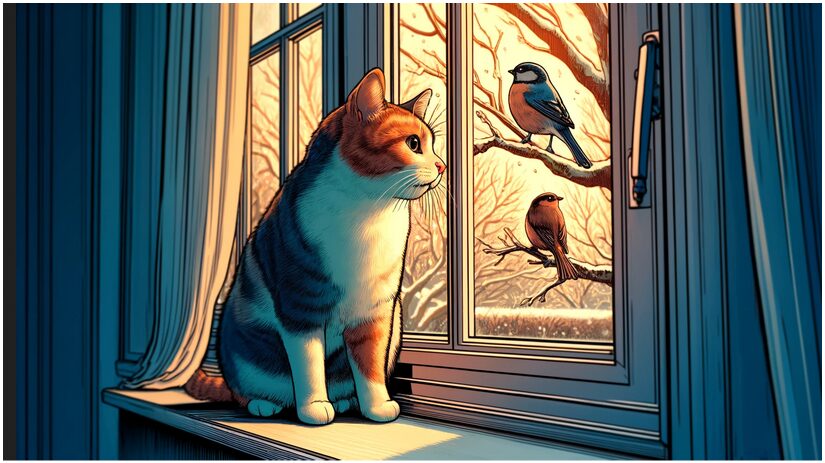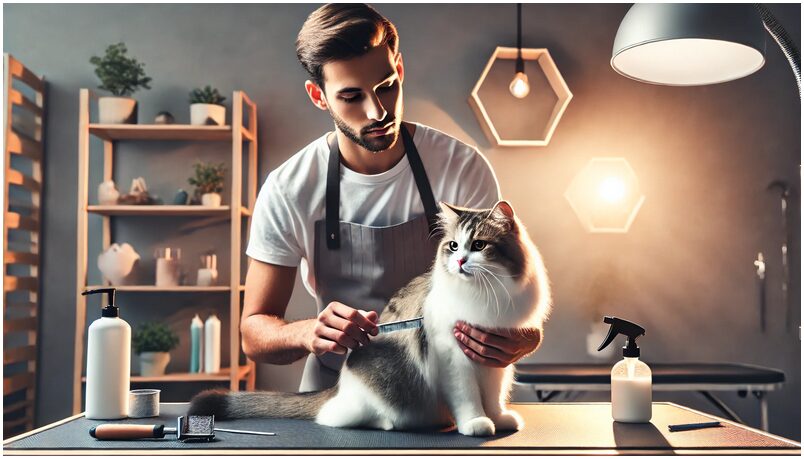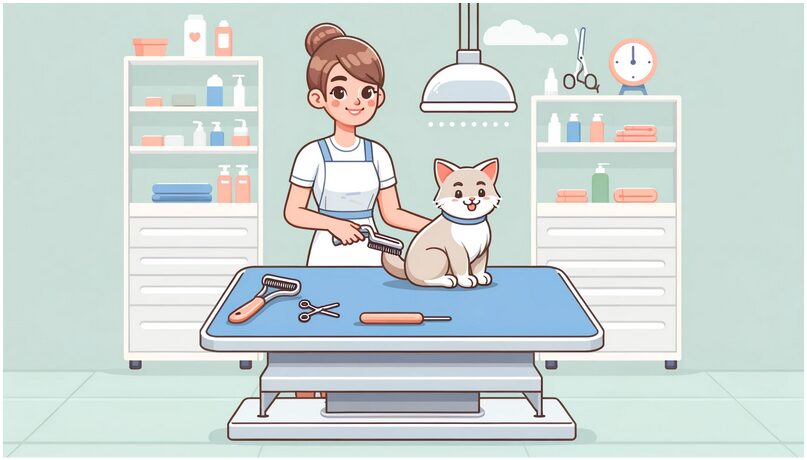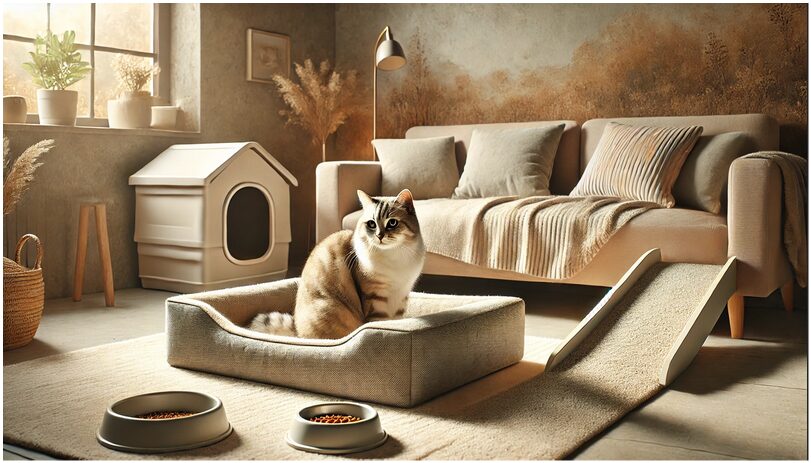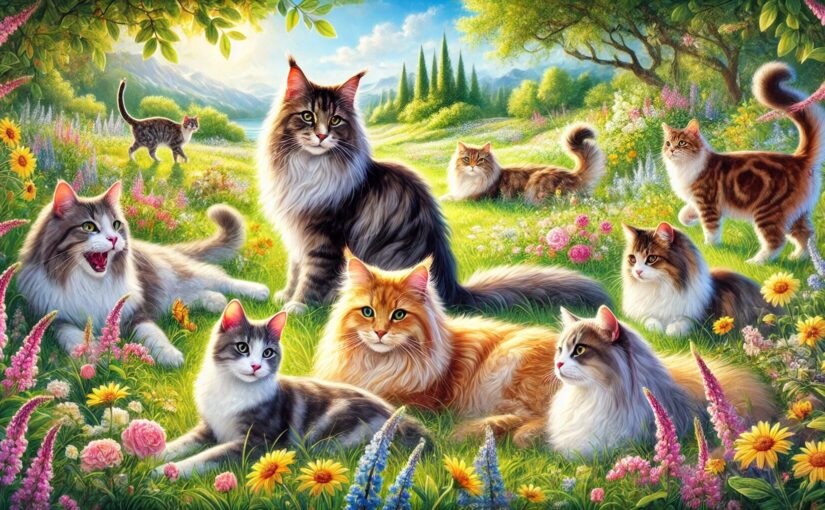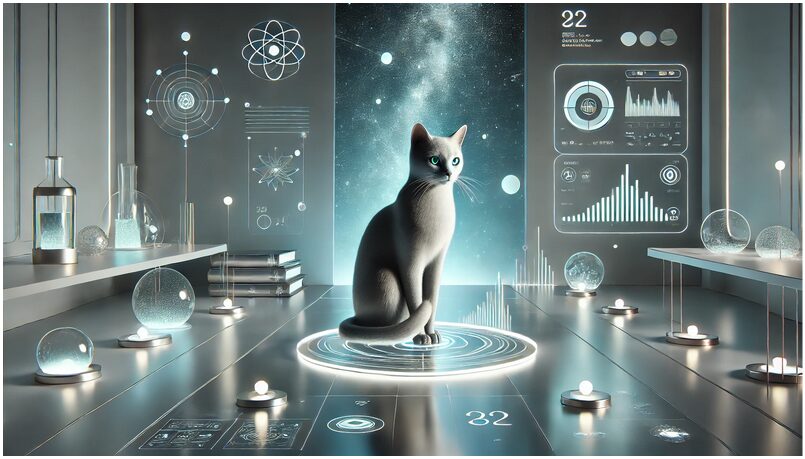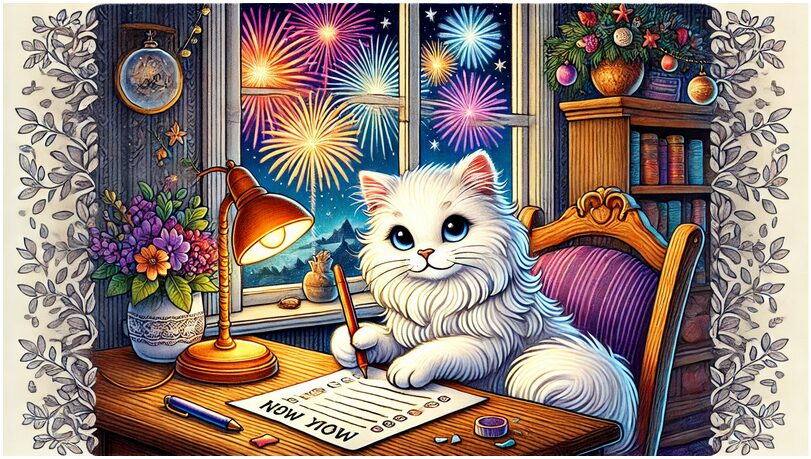Avian influenza, commonly known as the bird flu, has recently made headlines for its ability to jump from birds to other animals, including cats. While bird flu primarily affects poultry and wild birds, rare cases in domestic cats have raised concerns for pet owners. Understanding the risks, symptoms, and preventive measures can help you keep your feline friend safe.
What Is Bird Flu?
Bird flu is caused by influenza A viruses, with various strains affecting different animal species. The most concerning strains for humans and pets include:
- H5N1: Highly pathogenic, known for severe illness in birds and occasional transmission to humans and mammals, including cats.
- H7N9: Another strain with potential to infect mammals, though less commonly reported in cats.
Cats can become infected by ingesting raw or undercooked poultry or by coming into contact with infected birds. While transmission from cats to humans is rare, the virus’s ability to mutate means vigilance is crucial.
How Do Cats Get Bird Flu?

Cats can contract bird flu through:
- Eating infected birds: Outdoor cats that hunt wild birds are at higher risk.
- Exposure to infected poultry: Cats living near farms or in households with backyard chickens may be exposed.
- Contact with contaminated surfaces: The virus can survive on surfaces like bird feeders, water bowls, or shoes.
Symptoms of Bird Flu in Cats
Bird flu symptoms in cats can range from mild to severe, including:
- Fever
- Lethargy
- Loss of appetite
- Difficulty breathing
- Coughing or sneezing
- Eye or nose discharge
- Neurological signs such as seizures or lack of coordination (in severe cases)
If your cat exhibits these symptoms, seek veterinary care immediately. Early detection and supportive care can improve their chances of recovery.
Can Bird Flu Spread from Cats to Humans?
While rare, scientists have documented isolated cases of bird flu transmission from animals to humans. However, no widespread cases of cat-to-human transmission have been confirmed. The main concern is that the virus could mutate, making it more infectious among mammals.
How to Keep Your Cat Safe from Bird Flu
Preventing bird flu in cats is primarily about reducing exposure. Here are key steps to protect your pet:
1. Keep Your Cat Indoors
The best way to reduce risk is to prevent contact with wild birds and their droppings. Indoor cats are much less likely to encounter infected birds or contaminated areas.
2. Avoid Feeding Raw Poultry
If you prepare homemade meals for your cat, ensure that all meat is fully cooked. Raw poultry can carry not only bird flu but also bacteria like salmonella.
3. Minimize Contact with Wild Birds
- Remove bird feeders or place them out of your cat’s reach.
- Clean outdoor water sources frequently.
- Avoid bringing home injured or dead birds, as they could be infected.
4. Practice Good Hygiene
If you work with poultry or have been in areas with wild birds, change clothes and wash your hands before handling your cat.
5. Monitor Symptoms and Seek Veterinary Care
If your cat displays any flu-like symptoms, contact your vet promptly. While there is no specific treatment for bird flu in cats, supportive care can help manage symptoms.
6. Stay Informed on Local Outbreaks
Monitor news reports and public health advisories about avian flu outbreaks in your area. If cases are rising, take extra precautions to protect your cat.
What to Do If Your Cat Is Exposed to Bird Flu
If you suspect your cat has been exposed:
- Isolate them from other pets.
- Contact your veterinarian immediately.
- Avoid handling your cat’s saliva, litter, or bedding without gloves.
- Clean and disinfect surfaces in your home.
Final Thoughts
While the risk of bird flu in cats remains low, it’s essential for pet owners to be aware of the potential danger. By keeping your cat indoors, avoiding raw poultry, and practicing good hygiene, you can significantly reduce their risk of infection. Stay informed, be proactive, and keep your feline companion safe.

